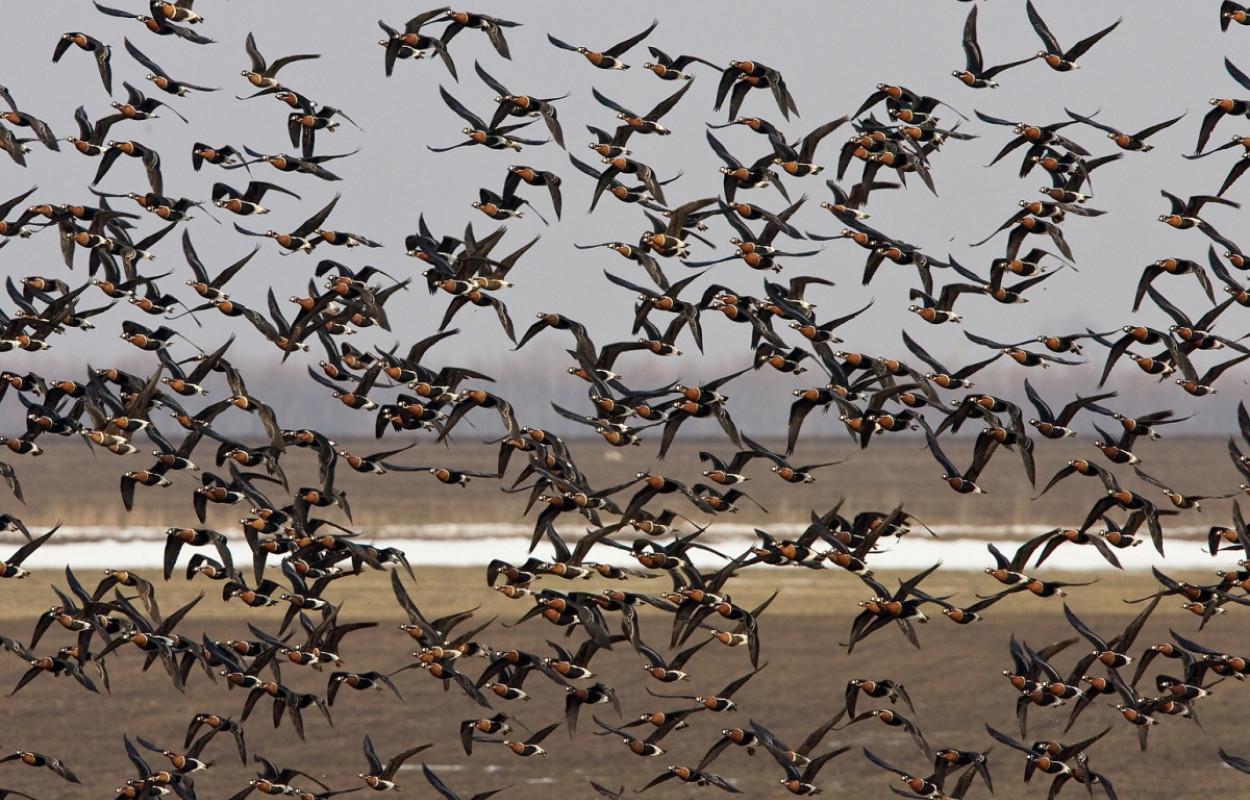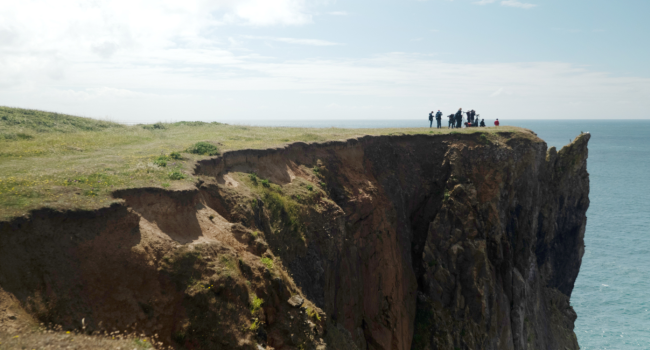Pinpointing which protected area characteristics help community response to climate warming: waterbirds in the European Union’s Natura 2000 network

Author(s): Gaget, E.. Johnston, A., Pavón Jordán, D., Lehikoinen, A., Sandercock, B., Soultan, A., Božič, L., Clausen, P., Devos, K., Domsa, C., Encarnação, V., Faragó, S., Fitzgerald, N., Frost, T., Gaudard, C., Gosztonyi, L., Haas, F., Hornman, M., Langendoen, T., Ieronymidou, C., Luiujoe, L., Meissner, W., Mikuska, T., Molina, B., Musilová, Z., Paquet, J.-Y., Petkov, N., Portolou, D., Ridzoň, J., Sniauksta, L., Stīpniece, A., Teufelbauer, N., Wahl, J.,; Zenatello, M. & Brommer, J.
Published: December 2021
Journal: Conservation Biology
Digital Identifier No. (DOI): 10.1111/cobi.13877
New research involving BTO suggests that the management of protected areas in Europe can aid wintering waterbirds species in shifting their ranges north as the climate warms.







Share this page